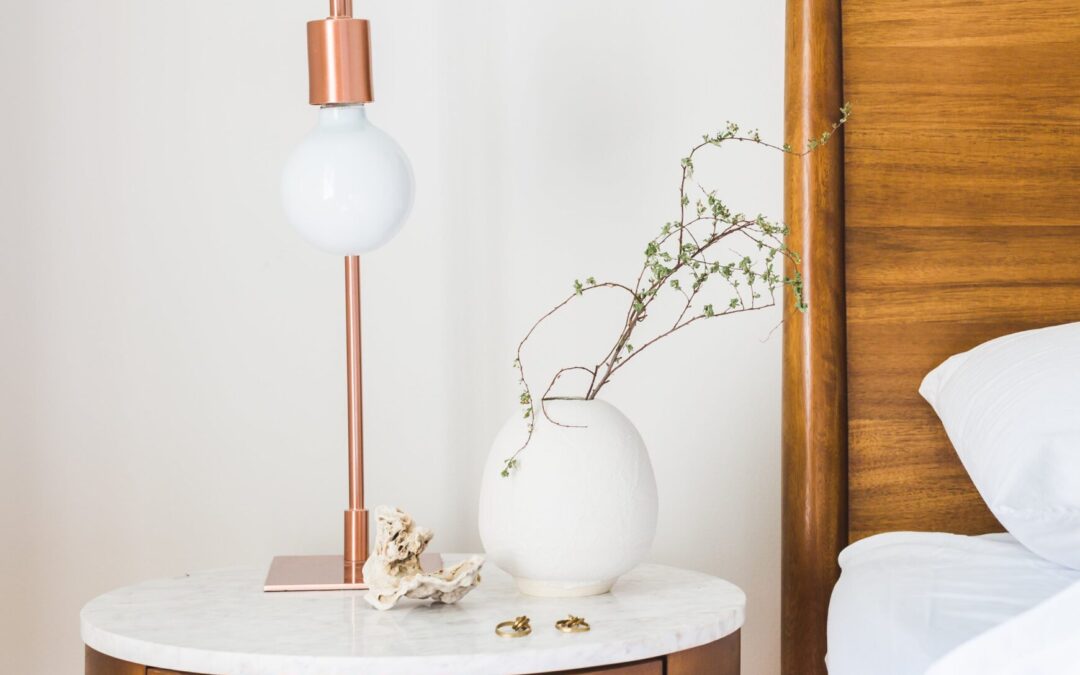1. Layered Lighting: Combine ambient, task, and accent lighting to create a well-balanced, inviting atmosphere.
2. Natural Light: Maximize natural light by using sheer curtains and positioning furniture to allow sunlight into the space.
3. Dimmer Switches: Install dimmer switches to adjust the brightness according to different activities and moods.
4. Fixture Placement: Consider the room’s layout and function when placing fixtures to ensure even illumination throughout.
5. Color Temperature: Choose bulbs with the right color temperature (measured in Kelvin) for each room—warmer tones for living areas, cooler tones for task-oriented spaces.
6. Statement Fixtures: Invest in statement light fixtures that complement your decor and act as focal points.
7. Mirrors: Strategically place mirrors to reflect light and make the space feel larger and brighter.
8. Under-Cabinet Lighting: Enhance kitchen and workspace functionality with under-cabinet lighting for better task visibility.
9. Floor and Table Lamps: Use floor and table lamps to add flexibility and bring light to specific areas, creating cozy corners.
10. Lighting Zones: Divide your space into lighting zones with separate controls for flexibility and to set the desired mood.
561-625-9569
consign@truetreasuresinc.com


Recent Comments